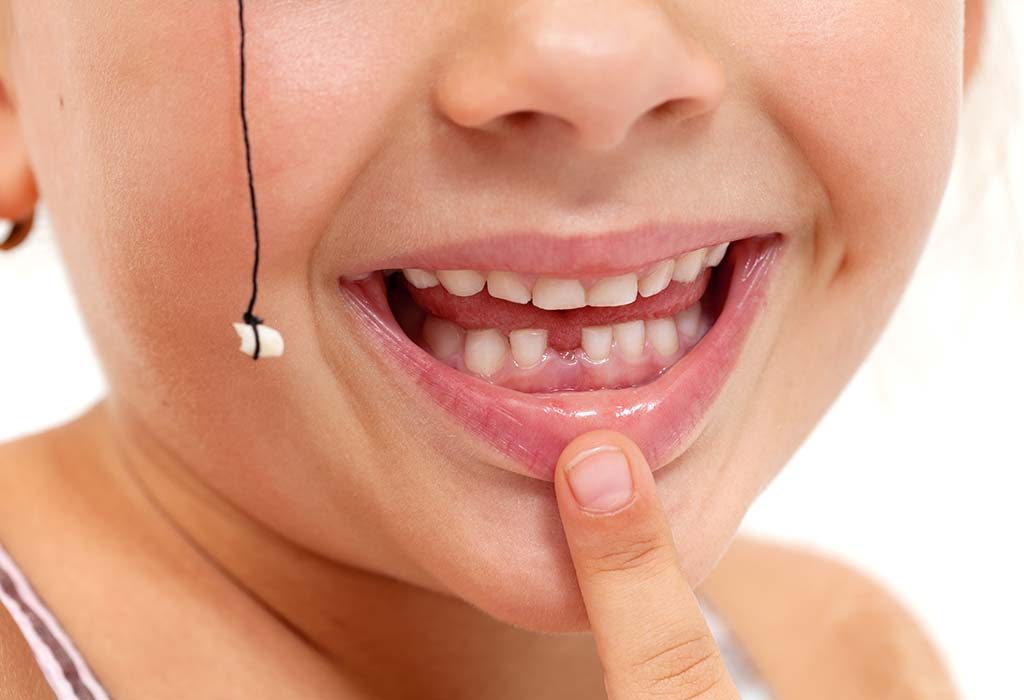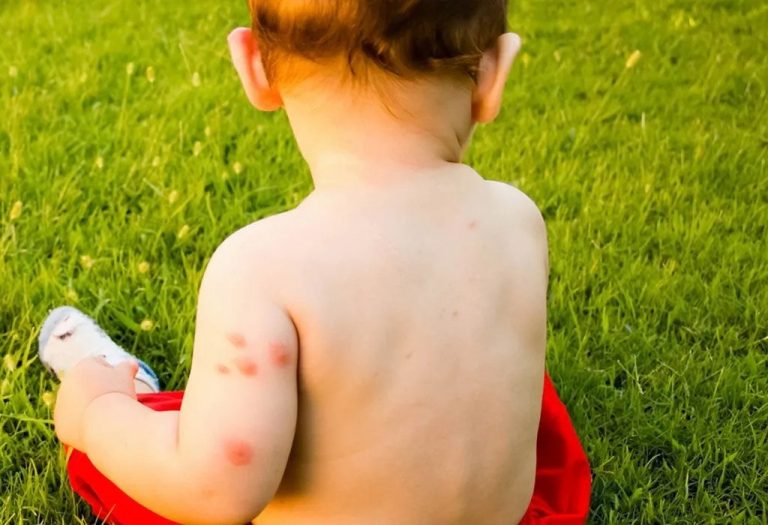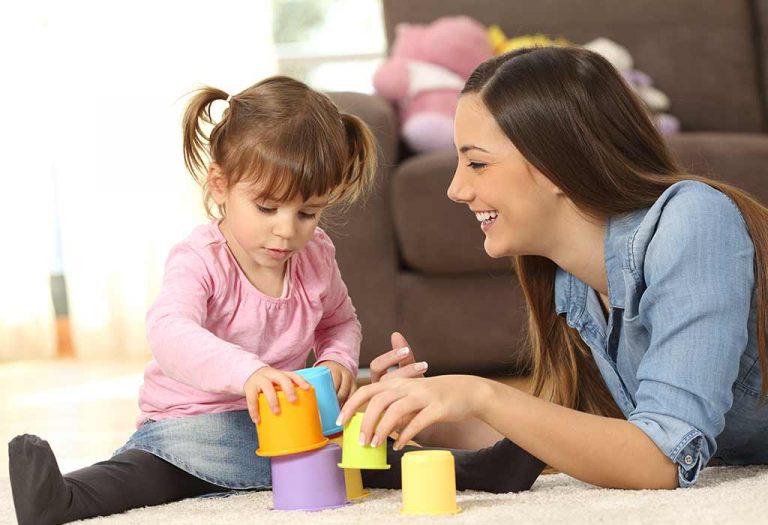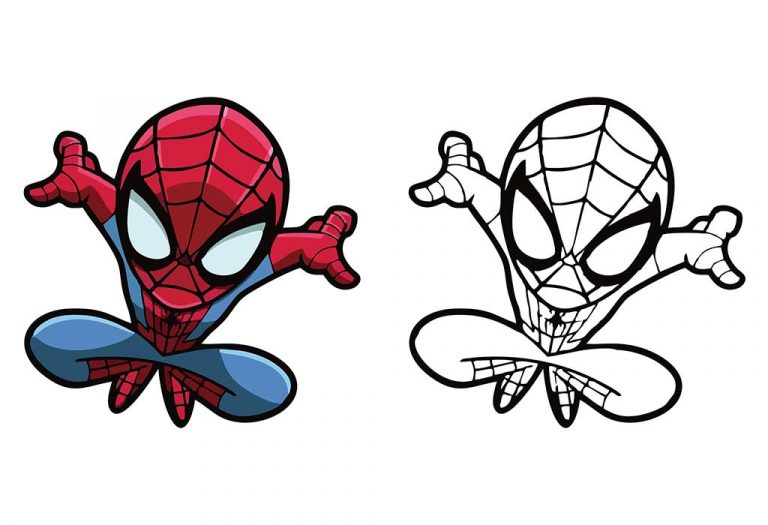How to Remove Baby Teeth at Home Painlessly

Baby teeth can start appearing anytime between 3-18 months in children. These primary or baby teeth will remain for only a short period; children begin to lose these teeth for their permanent ones from around the age of six or seven. While most will be very excited about their falling teeth and will be more than happy to play around with their loose tooth, some do not like it and will want you to take it out.
Easy Tips to Remove Baby Teeth Without Pain and Safely
Here are some tips on how to pull a baby tooth out safely.
1. Perfect Timing
Just because your child’s tooth is starting to come loose, it does not mean that it is ready to be pulled out. The roots of the baby teeth dissolve, causing it to loosen and come out to make way for the roots of the permanent adult teeth to grow. If you do not wait for the right time, your child will have an empty gap in their row of teeth for much longer, than if you had waited until the tooth was loose enough to come out. Pulling a tooth out before the right time will also make the process of removal much more painful for your child. When the tooth moves as far forwards and backwards as possible, then you know that the time is right. Give your child a heads-up that it could take a few months before that loose tooth is ready to be pulled or fall out on its own, and hence, she will need to be patient in the meantime.
2. Loosey Goosey
Just because it may take a long time for the tooth to fall out, it doesn’t mean it can’t be helped along to make the process move quicker. The simplest and most painless way to go about loosening the tooth is to have your child do it herself. Get her to move it around with her tongue or finger until it becomes loose enough, such that pulling it out at a point will be painless. While loosening, your child will be able to feel how far back it can go without causing pain and will be able to tell when it is okay for you to try and help her pull it out. If you want to try something to help it along, give your child some food that isn’t so easy to chew, such as corn on the cob or an apple or cucumber.

3. Prep the Gums
When it’s time to get started, you can help prepare for any possible pain by numbing the area. Either apply an ointment on the gums which has been prescribed by the paediatrician or dentist, or have your child eat a few ice golas to help numb it in a way she will enjoy.
4. Get a Grip
Trying to grab hold of a tooth covered in saliva can be a serious challenge, especially since baby teeth can be so small. The best way to get a grip would be to wipe your child’s tooth a few times with some gauze and then by using a fresh piece to help you grab hold of the tooth. You can also use rubber gloves as they will have a firmer grip after you have already gone ahead and wiped down the baby tooth. Having a bad grip can only prolong the process and cause pain to your child. You can compare it to ripping off a band-aid; the quicker you do it, the less it hurts.

5. Who Pulls?
When it’s time for the pulling, let your child do it because she is more aware of how much pain there is and can stop if the pain becomes too intense. Sometimes, it is possible to misjudge if a tooth is ready to come out or not and the only person who will know for sure is your child. Some children are up for the challenge, but if your child is too scared to do it, you can pull the tooth out without causing any pain. Just tug at it lightly first and ask if the tooth feels loose enough to come out. If there was any pain in the light tug, don’t go ahead with it because it may still be too soon. If your child feels like it is loose enough and the pain is not intense, pull quickly so that it comes out in one shot.
6. Avoid the ‘Doorknob’ Method
We’ve all seen and heard stories about how the best way to remove the loose baby tooth is by tying a string around the tooth, then tying the other end to a doorknob, and then shutting the door quickly, causing the tooth to come out fast and painless. The problem with this method is that it could cause a lot of pain to your child if the tooth is still not ready to come out and can also lead to a lot of bleeding. So no matter how tempting and exciting the method may be, avoid it to spare your child the pain.
There are times when your child may grow their permanent teeth before their baby teeth have even started to fall out. This will cause the permanent teeth to grow in behind the baby teeth, making two rows (also called ‘shark’s teeth’) and there may be times when your child’s baby teeth won’t want to fall out at all. These are times when you may need to pay the dentist a visit. If your child’s teeth are normal and you have helped her to remove her teeth, be careful of the bleeding. Use a piece of gauze and press it against the gum to help stop the bleeding, but if the bleeding continues for more than fifteen minutes, get help.
Also Read:
Clove Oil Usage for Teething Pain Relief in Babies
Essential Oils to Use for Teething Babies

















